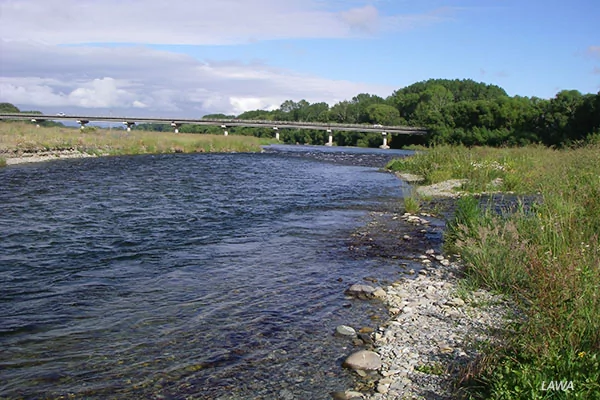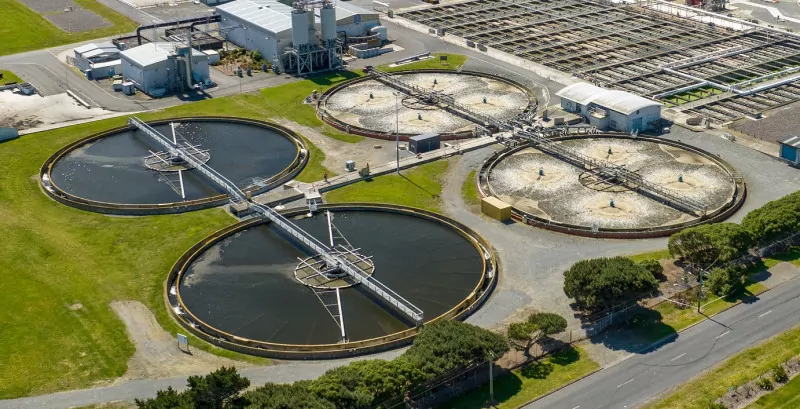Health New Zealand has issued a health warning for the Ōpihi River at Saleyards Bridge following the discovery of moderate to high levels of potentially toxic algae (benthic cyanobacteria).
People are being urged to avoid the area, and animals, particularly dogs, should be kept away from the water until the warning is lifted. Other access points along the Ōpihi River may also be affected, and the public is advised to exercise caution around all low-flowing rivers.
Dr Claire Salter, Public Health Medicine Specialist for the National Public Health Service, said the algae appear as dark brown to black mats attached to rocks along the riverbed and can produce harmful toxins.
“Exposure may cause skin rashes, nausea, stomach cramps, tingling, and numbness around the mouth and fingertips,” Dr Salter said. “If you experience any of these symptoms, seek medical advice urgently and let your healthcare provider know if you’ve had contact with dark brown or black algal mats or water from the area.”
Pet owners are also being urged to keep their animals away from the water, as contact with the algae can be dangerous. Any pets showing signs of illness after exposure should be taken to a vet immediately.
Environment Canterbury is monitoring the situation and will inform the public of any changes in water quality.
What to know about cyanobacteria:
• Appears as dark brown or black mats attached to rocks along riverbeds.
• Can increase rapidly during warmer months due to nutrient levels, low river flows, and favourable weather.
• Often has a strong musty smell, and toxin levels can fluctuate quickly.
• High river levels can wash the algae away, but detached mats may gather along the shore and remain toxic.
• Avoid all contact with water where warnings are in place.
Warning signs may not be visible at every river access point, so anyone visiting low-flowing rivers is advised to be cautious.









